



Safety is one of the most noteworthy issues in experiments. Having a good experimental environment is a prerequisite for achieving ideal experimental results. Therefore, 2024 NEFU_China implements several laboratory criteria to ensure experimental safety and has always been practicing.
All of our experiments are conducted in a BSL1 laboratory, which is equipped with first aid kits, emergency showers, eye wash stations, and other emergency measures to ensure the safety of laboratory personnel. We conduct daily routine safety inspections and organize comprehensive checks regularly to ensure the laboratory remains in a safe condition at all times.

Figure 1. Emergency medicine kits in the laboratory
We have established a detailed process for handling waste generated during experiments. Waste is disposed of or recycled in accordance with relevant regulations. Recyclable materials undergo high-temperature steam sterilization to ensure no residual contamination. Although the laboratory contains minimal pollutants, we handle hazardous chemicals, such as Gelred for gel staining or SDS for protein electrophoresis, within designated contamination areas to ensure the safety of laboratory personnel.
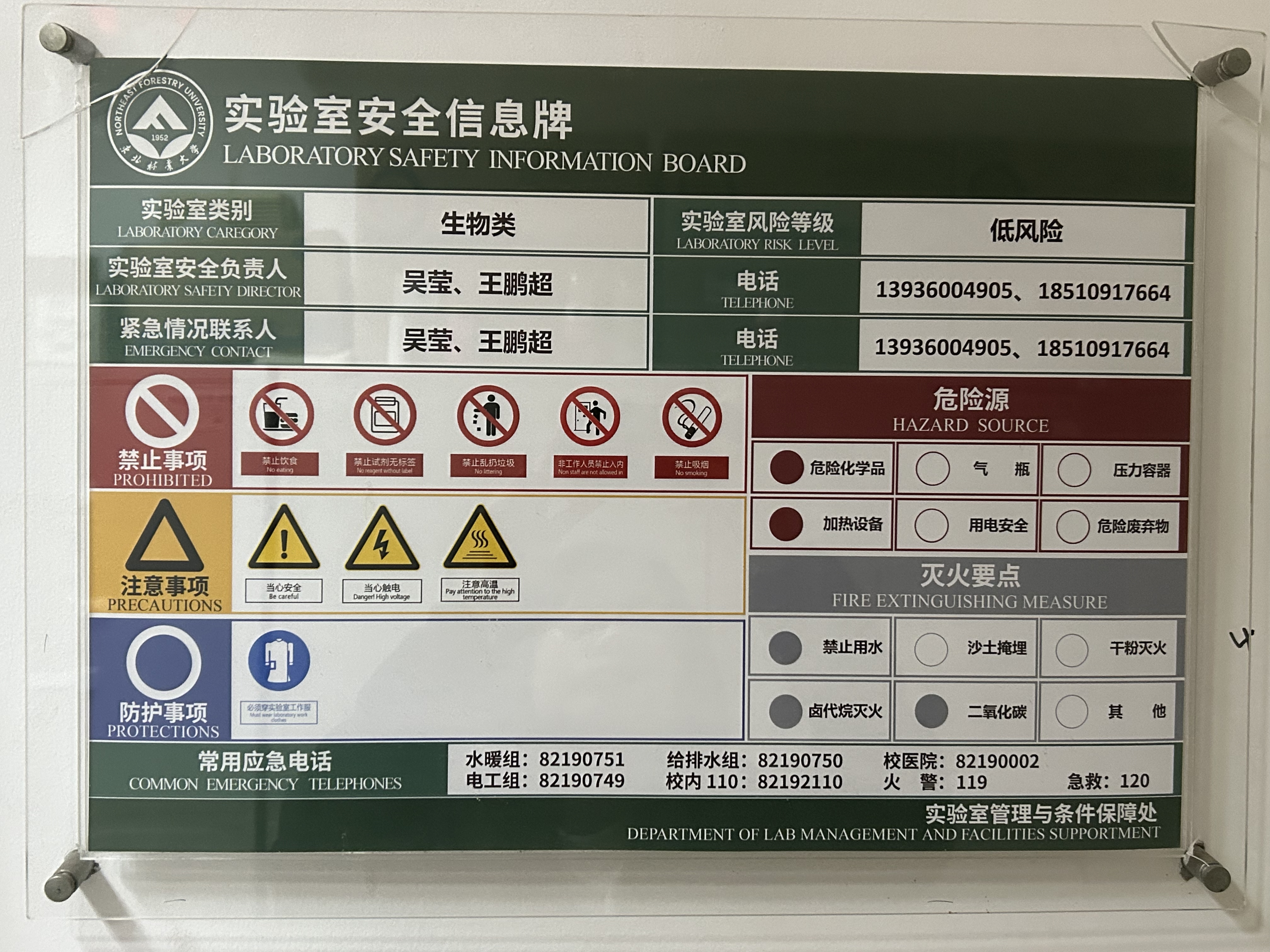
Figure 2. Laboratory safety information board
The laboratory is equipped with specific contamination zones for conducting hazardous experiments, such as agarose gel electrophoresis. Given that many experiments involve microbial cultures, aseptic techniques must be standardized. Each culture medium is sterilized using autoclaving prior to use, and the biosafety cabinet is disinfected with ultraviolet light for over 30 minutes before experiments, ensuring a sterile environment.
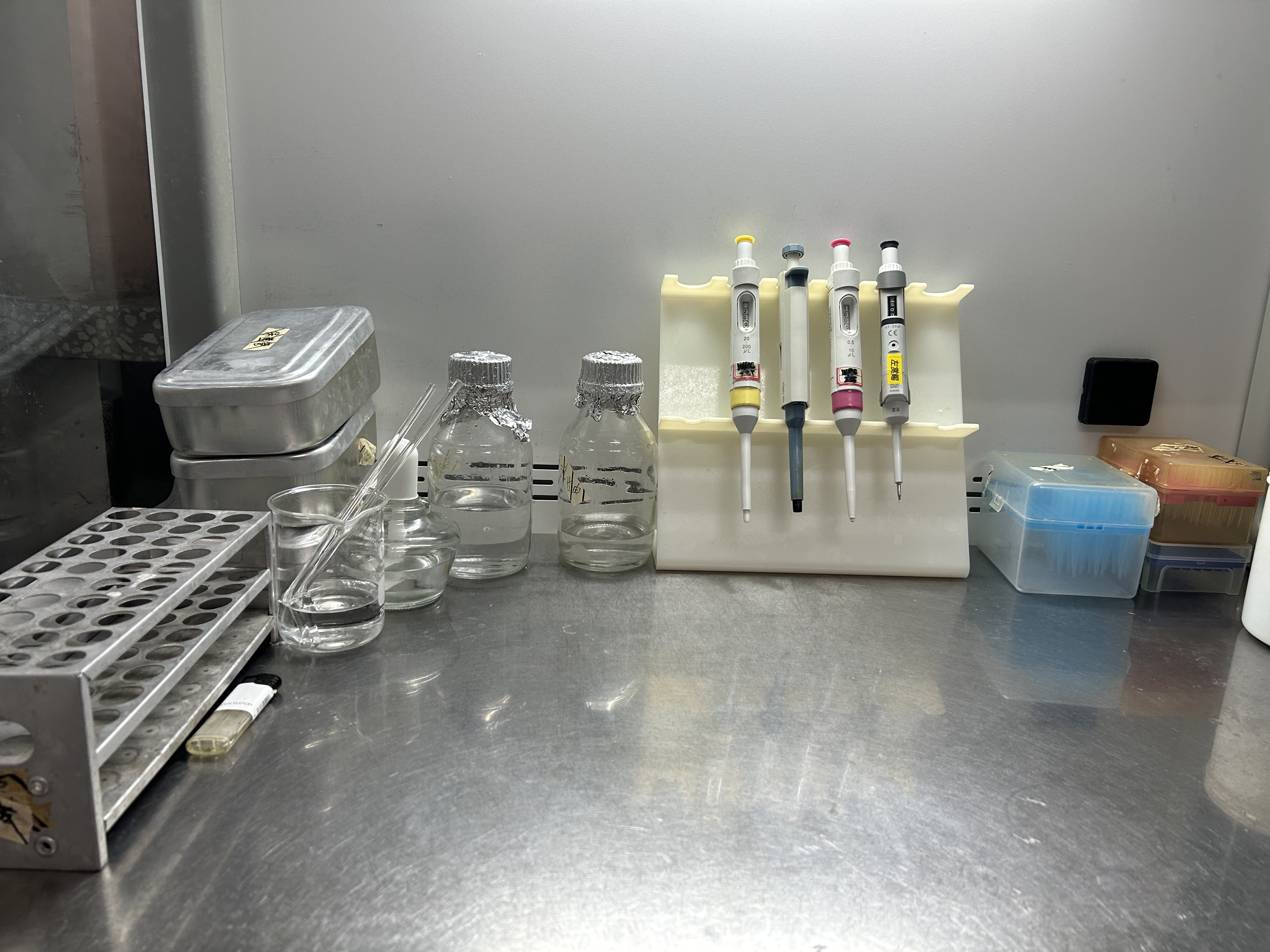
Figure 3. Ultra-clean bench in the laboratory
All chemicals used in the experiments are securely stored in dedicated medical cabinets and categorized based on their types with appropriate labeling to enhance safety warnings and selection accuracy. The laboratory also conducts regular inspections to ensure the quality and safety of these chemicals.
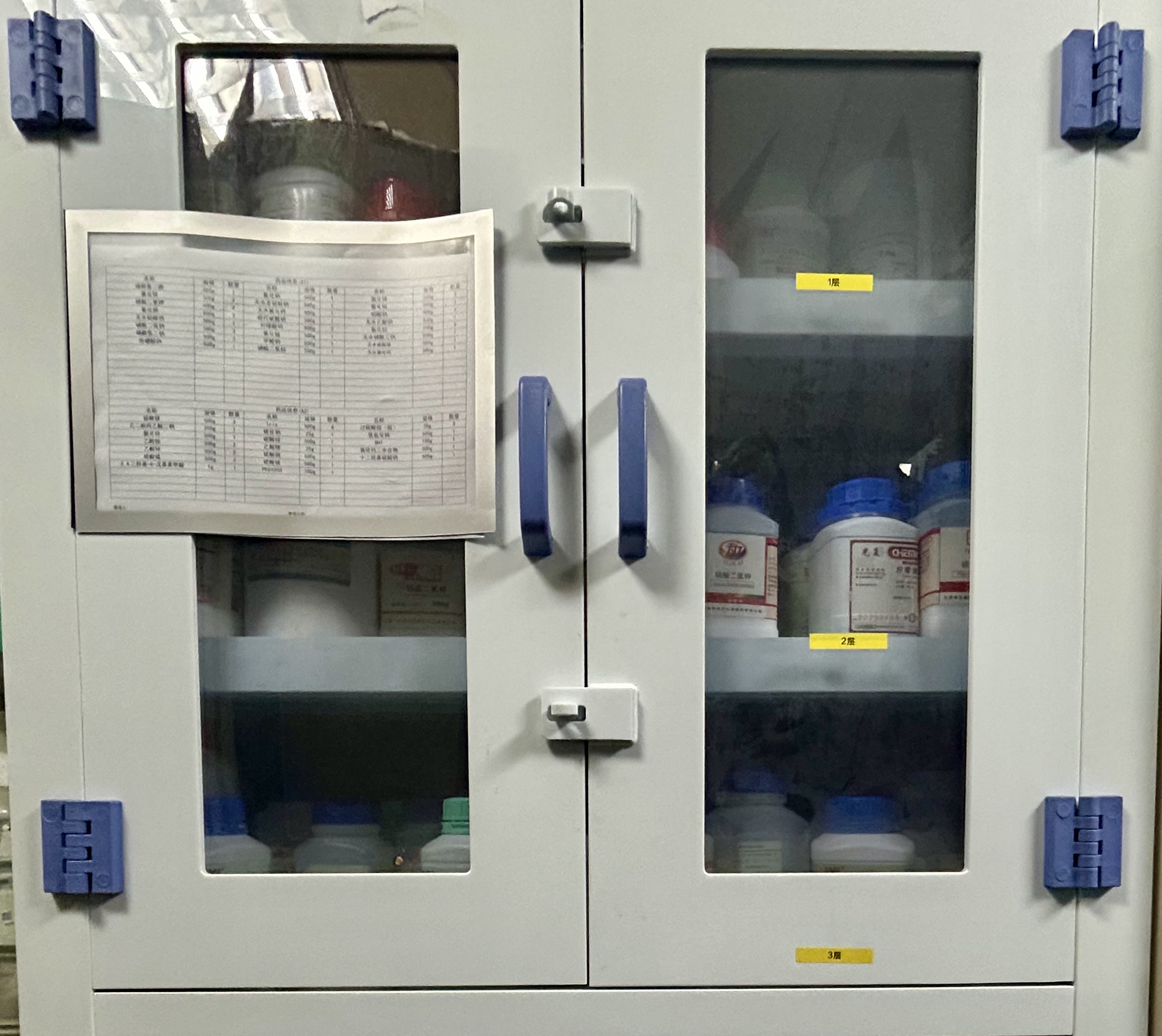
Figure 4. Medical cabinets in the laboratory
We strictly adhere to laboratory regulations and protocols throughout the entire experiment process. All personnel are required to wear gloves, masks, and lab coats. To maintain a contamination-free environment, eating and drinking are strictly prohibited in the laboratory.
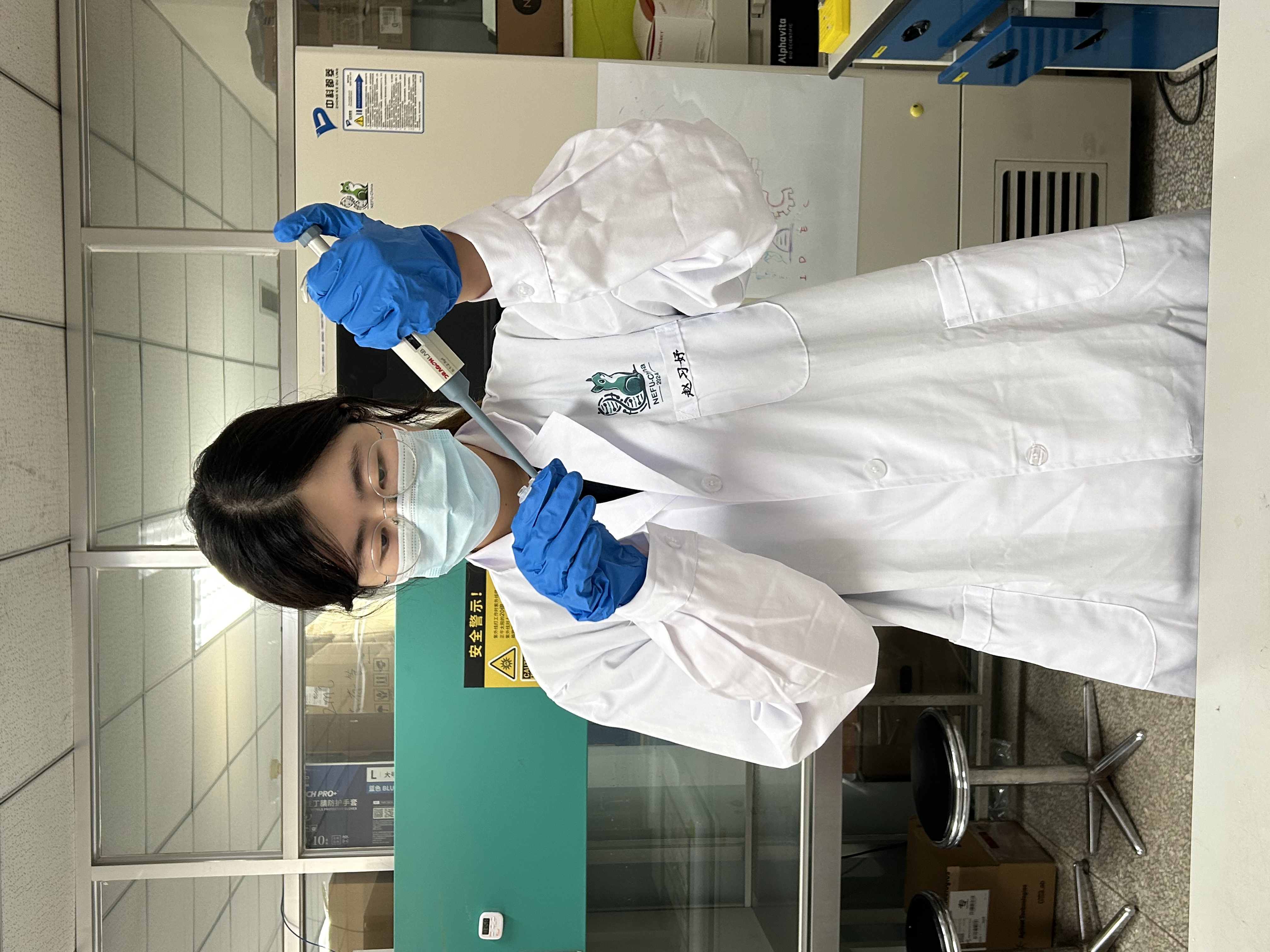
Figure 5. Attire in the laboratory
For biosafety reasons, we use E. coli DH5α and E. coli BW25113, which are on the RRform whitelist.
Before entering the laboratory, all members have gone through a strict training and selection process by the lab supervisors; therefore, they have systematically learned and become well-versed in the lab's safety practices.

Figure 5. Laboratory safety knowledge assessment

Figure 6. Laboratory safety knowledge assessment
During the experiment, all members are equipped with personal protective equipment, such as gloves, masks, and lab coats, to minimize exposure to hazardous substances. In addition, all personnel regularly undergo safety training to ensure they are familiar with emergency procedures and the safe handling of materials.

Figure 7. Attire in the laboratory
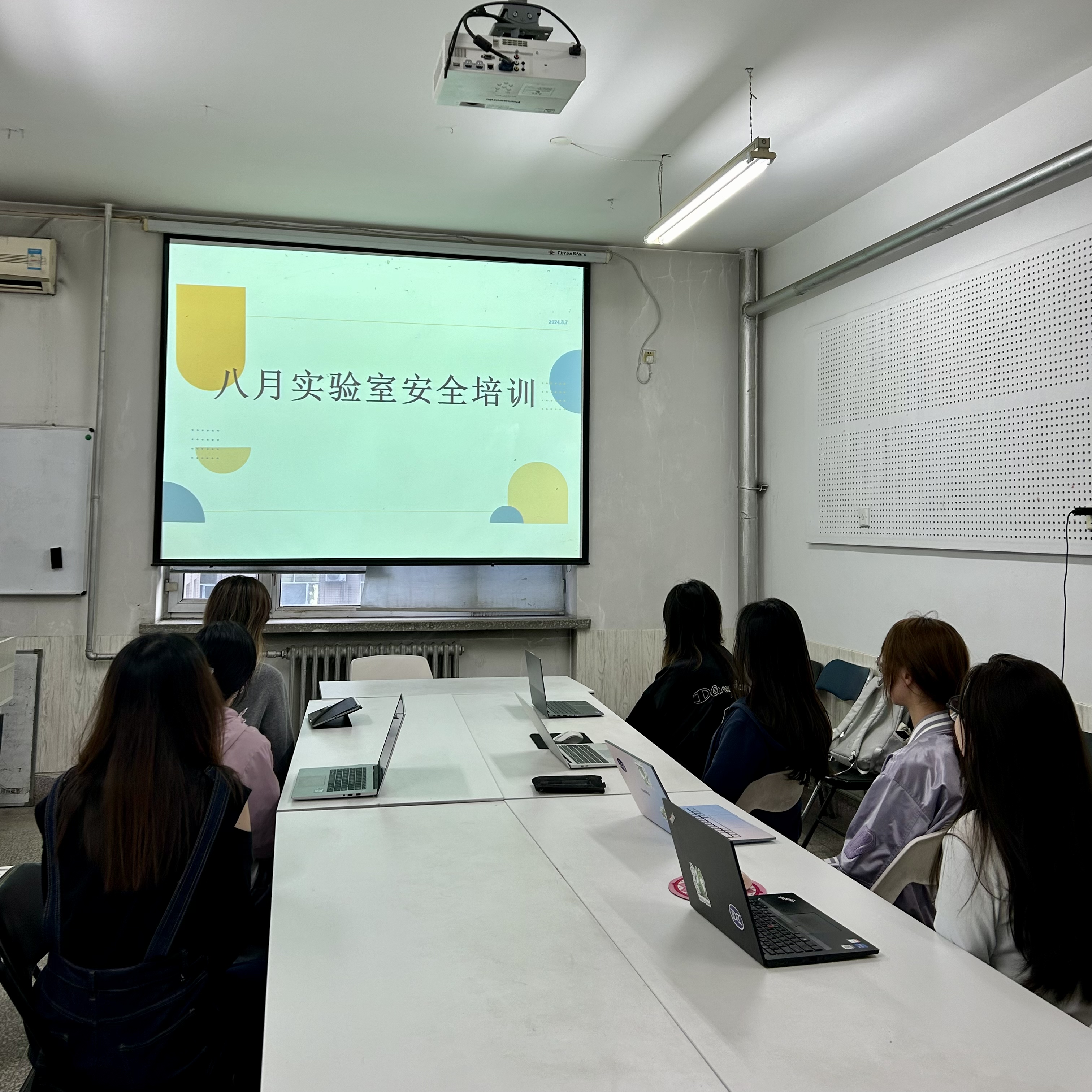
Figure 8. Laboratory safety knowledge assessment